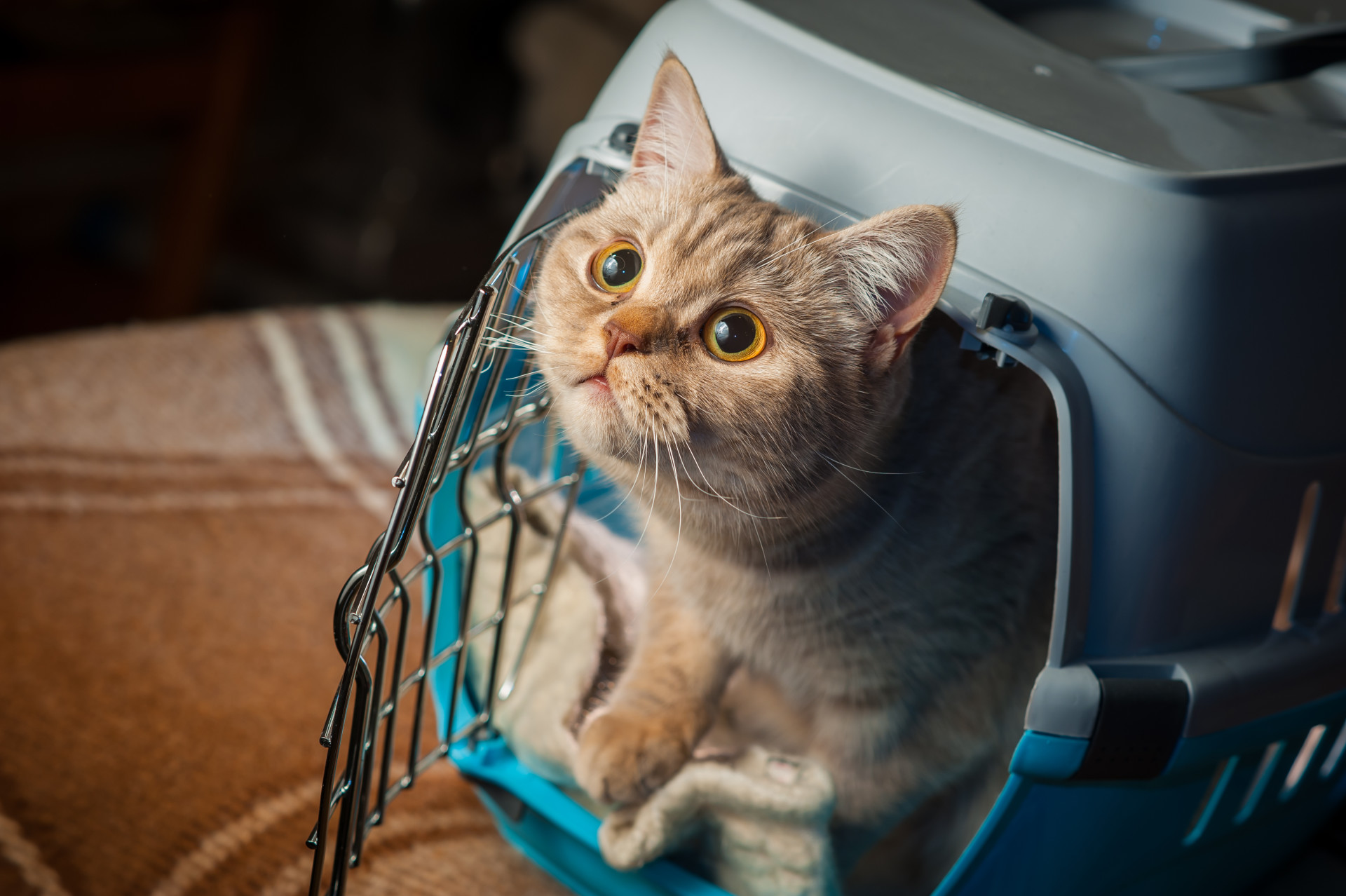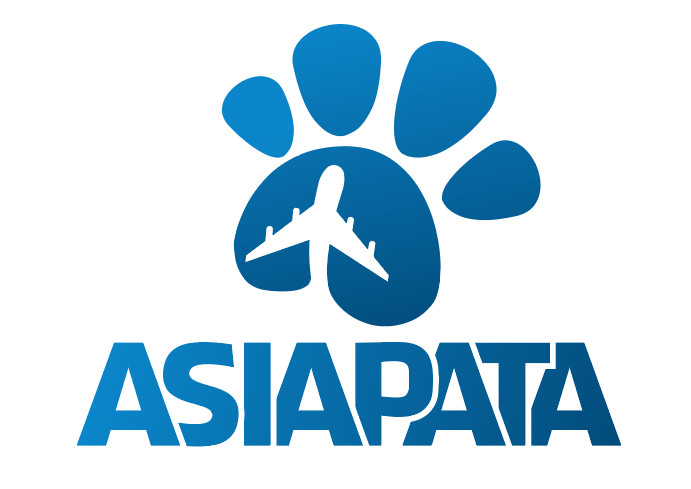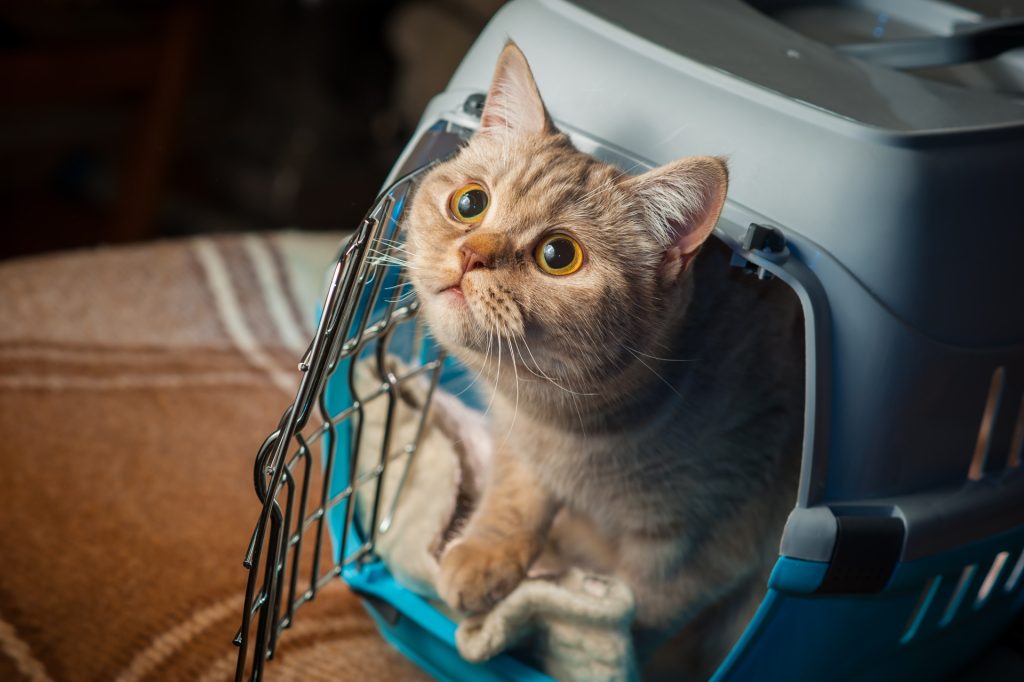Pet Air Transport Regulations from Europe to Vietnam – What You Need to Know

Bringing your beloved pet from Europe to Vietnam by air requires careful preparation and compliance with both international and Vietnamese regulations. Whether you’re relocating, traveling long-term, or simply bringing your furry friend along, understanding the necessary procedures will help ensure a safe and stress-free journey.
1. Microchip Identification
All pets must be implanted with an ISO 11784/11785 compliant 15-digit microchip. This chip must be readable by a standard microchip scanner and must match the identification number on all veterinary and travel documents.
2. Vaccination Requirements
Dogs and cats must be vaccinated against rabies at least 30 days before departure, but not more than 12 months prior. The rabies certificate must include details of the vaccine, batch number, and expiration date. In some countries, additional vaccinations (e.g., for distemper or leptospirosis) may be recommended, though not required by Vietnam.
3. Rabies Antibody Titer Test (Optional but Recommended)
Although Vietnam currently does not require a rabies titer test (RNATT), travelers are strongly advised to conduct one if transiting through countries that do require it. The test must be done at an approved lab, and results should show a minimum level of 0.5 IU/mL.
4. Veterinary Health Certificate
A health certificate issued by a licensed veterinarian is mandatory. This document must be completed within 7 days of the departure date and should confirm that the pet is in good health and fit to travel. The certificate must also include microchip information and vaccination records.
5. Export and Import Permits
Most European countries require an export permit for pets leaving the country. Meanwhile, Vietnam requires an import permit issued by the Department of Animal Health under the Ministry of Agriculture and Rural Development. It is essential to apply for this permit in advance, preferably 7–14 days before arrival.
6. Airline Requirements
Each airline may have its own rules regarding pet travel. These can include crate dimensions, breed restrictions, required documents, and pet handling procedures. Always contact the airline in advance to confirm their specific policies. Pets are generally transported as checked baggage or cargo, depending on the airline and pet size.
7. Approved Pet Travel Crate
Pets must be transported in IATA-compliant crates that ensure safety, ventilation, and comfort. The crate must allow the animal to stand, turn around, and lie down naturally.
8. Arrival in Vietnam
Upon arrival in Vietnam, pets will go through customs inspection. If all documents are valid and complete, pets are typically released within a few hours. In rare cases, quarantine may be required for pets showing signs of illness or incomplete paperwork.
Final Tips:
-
Always check for the latest regulations with both the airline and the Vietnamese consulate.
-
Use a professional pet relocation service if you are unsure about handling procedures yourself.
-
Prepare your pet in advance for travel to minimize stress.
Bringing your pet to Vietnam is entirely possible – just make sure to follow the rules closely. Safe travels for both you and your four-legged friend!

